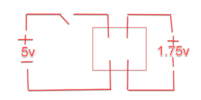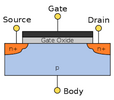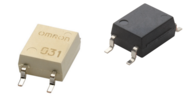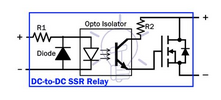Hi Madaxe
I'm not sure exactly what you want to do, but if I have it right, I would suggest just a simple mechanical relay as in the attached cct. diagram. I have had a look at your other post here and you say you don't have an electronics background, so I am not being condescending to suggest the most simple solution or attempting to teach how to suck eggs. The old KISS solution!
An example of such a relay
https://usa.banggood.com/5V-Low-Lev....2163&DCC=US¤cy=USD&akmClientCountry=GB
This reference is through a UK website, so I don't know if it will work in the USA. Google "Bangood" and then look for "relay 5V" on the website. However there are plenty of other examples of relays on the internet.
The 1N4002 diode across the relay coli is to suppress inductive voltage spikes from the relay coil and is important if the 5V signal comes from a semiconductor of any sort, but is good practice in any case.
You need to check that the current that flows from the 1.75 V source can be coped with by the relay contacts.
Incidentally I think I saw a query from you about inverting the 5V signal? The relay could easily do this without any electronics by using the normally closed, NC, contacts rather than the normally open, NO, if it has them.
Hope this works for you.





